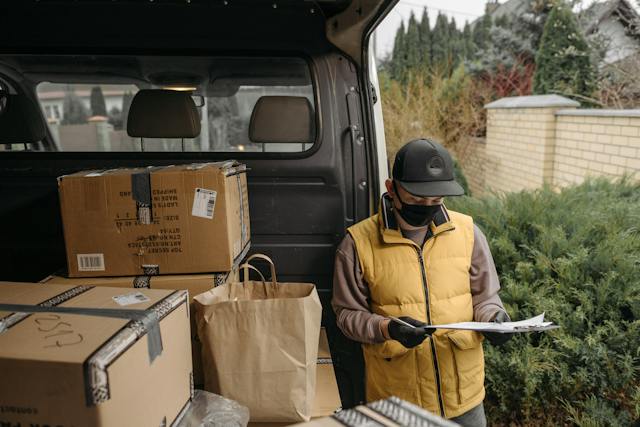In today’s fast-paced world, the delivery medical supplies plays a pivotal role in ensuring the seamless functioning of healthcare systems. Timely and efficient delivery of medical equipment, medications, and other essential supplies is critical for patient care, especially in emergency situations. This blog explores the significance of effective medical supplies delivery, the challenges faced, and innovative solutions that are transforming the healthcare delivery landscape.
The Importance of Timely Medical Supplies Delivery:
- Patient Care and Safety: Timely delivery of medical supplies is directly linked to patient care and safety. Delayed deliveries can lead to disruptions in treatment plans, compromised patient outcomes, and increased healthcare costs. Ensuring a constant and timely supply of medications and equipment is crucial for managing chronic conditions, post-surgery recovery, and emergency care.
- Emergency Response: In emergencies, such as natural disasters, pandemics, or mass casualty incidents, the rapid deployment of medical supplies is essential. Efficient delivery systems enable healthcare providers to respond swiftly, offering aid to those in need and preventing the escalation of health crises.
Challenges in Medical Supplies Delivery:
- Logistical Complexities: The delivery of medical supplies often involves intricate logistics, including temperature-sensitive items, regulatory compliance, and adherence to strict timelines. Navigating these complexities can be challenging, especially when dealing with perishable medications and specialized equipment.
- Last-Mile Delivery: The “last mile” of delivery, from the distribution center to the healthcare facility or patient’s doorstep, is a critical phase. Issues such as traffic, geographical barriers, and the need for specialized handling can lead to delays and inefficiencies.
Innovative Solutions Transforming Medical Supplies Delivery:
- Technology Integration: The integration of technology, including GPS tracking, RFID tags, and real-time monitoring, enhances visibility and transparency in the supply chain. This helps healthcare providers and logistics companies track the location and condition of medical supplies throughout the delivery process.
- Drone and Autonomous Vehicle Delivery: Drones and autonomous vehicles are being explored for medical supplies delivery, especially in remote or hard-to-reach areas. These technologies can significantly reduce delivery times and overcome geographical challenges.
- Data Analytics for Demand Forecasting: Predictive analytics and machine learning algorithms are increasingly being used to forecast demand for medical supplies. This allows for better inventory management, reducing the risk of shortages or overstocking and ensuring a more reliable supply chain.
- Collaborative Networks: Building collaborative networks between healthcare providers, manufacturers, and logistics companies can streamline the supply chain. Efficient communication and coordination among stakeholders lead to faster response times and improved overall delivery performance.
Conclusion:
Efficient delivery of medical supplies is an integral aspect of healthcare, impacting patient outcomes, emergency response capabilities, and overall system resilience. Embracing innovative technologies and collaborative approaches can address the challenges in medical supplies delivery, ensuring that healthcare providers have access to the tools and resources needed to deliver quality care when and where it is needed most. As we continue to advance in the healthcare landscape, prioritizing and optimizing the delivery of medical supplies will play a crucial role in shaping the future of healthcare delivery.
